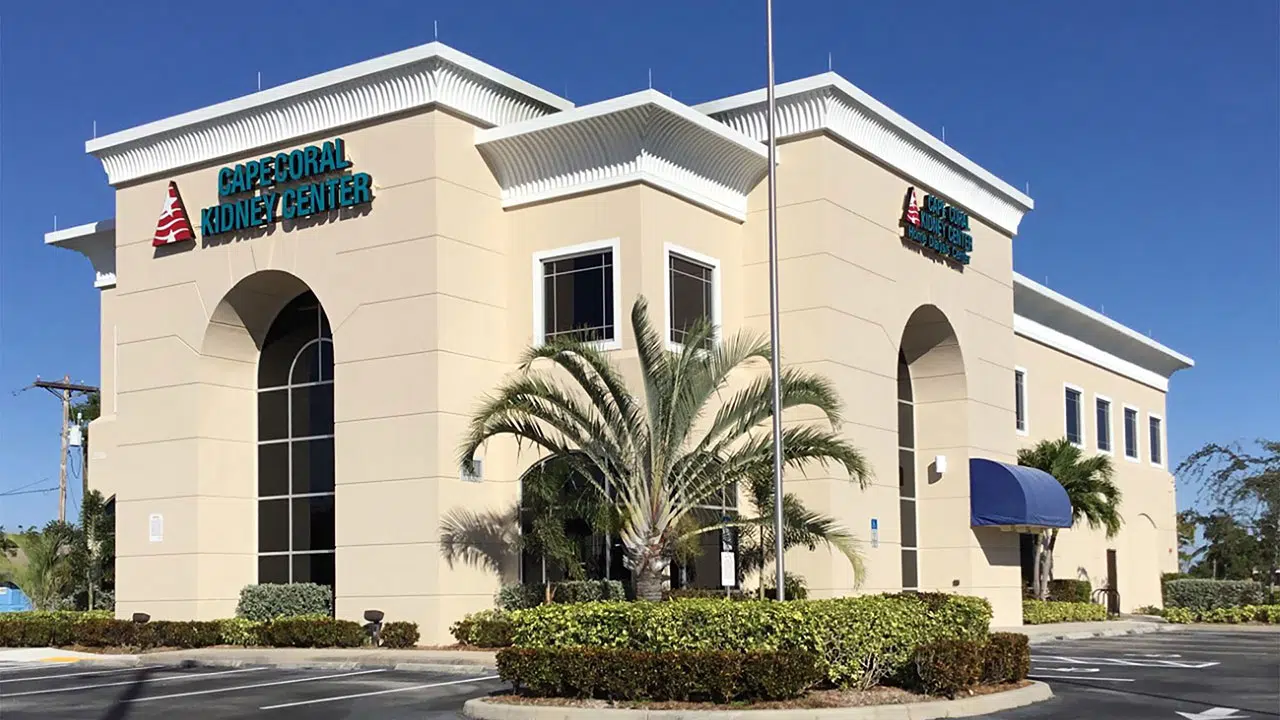
With roads and bridges damaged and water and electricity out, people who rely on every-other-day dialysis treatments needed extraordinary efforts to survive the storm’s aftermath.
By Neelam Bohra
Oct. 25, 2022
The day after Hurricane Ian hit Florida, Michael Condore knew he needed to get off Pine Island.
The storm had damaged the only road access to his beachfront community — a bridge that he normally drove across three days a week to reach a dialysis center in nearby Cape Coral, Fla. Since doctors diagnosed chronic kidney disease in him three years ago, Mr. Condore, 69, has relied on dialysis to survive.
Once before, when he missed treatment for six days, he found himself badly sick, his legs swollen to double their normal size, and he lost a big toe. “That was not going to happen again,” Mr. Condore said. “I was going to get there, somehow.”
“Somehow” turned out to be an eight-hour ordeal — for a trip that would normally take 20 minutes. First, he was ferried by firefighters to the dock at a waterfront bar and grill on the island; from there, he hitched a ride on a crowded fishing boat to the mainland, where one of the center’s nurses picked him up and drove him the rest of the way. His wife had even packed an overnight bag for him in case he couldn’t return home.
“We were some of the lucky ones,” he said.
Ian’s devastating impact on southwestern Florida threw thousands of dialysis patients into a state of crisis, cut off from the regular treatments that stand in for their damaged kidneys. Without the treatments, deadly toxins build up in their blood — a condition that can be fatal after about a week.
The authorities have said that at least three of the 114 deaths in Florida attributed to Ian, including two in Charlotte County and one in Osceola County, happened because the storm left patients unable to access dialysis treatments. The figure could grow as medical officials continue to investigate causes of death from the storm.
Few treatment facilities faced as many challenges as the Cape Coral Kidney Center, part of American Renal Associates, where Mr. Condore had gotten his most recent treatment two days before Ian hit. More than 80 of its patients chose not to evacuate from their homes in places like Pine Island, close to where the hurricane made landfall, or nearby Sanibel Island. Like Mr. Condore, many of them found themselves cut off when their roads were flooded and bridges destroyed…